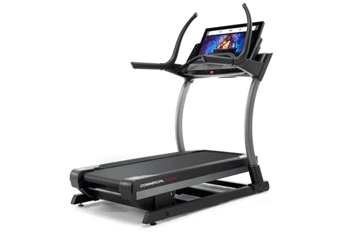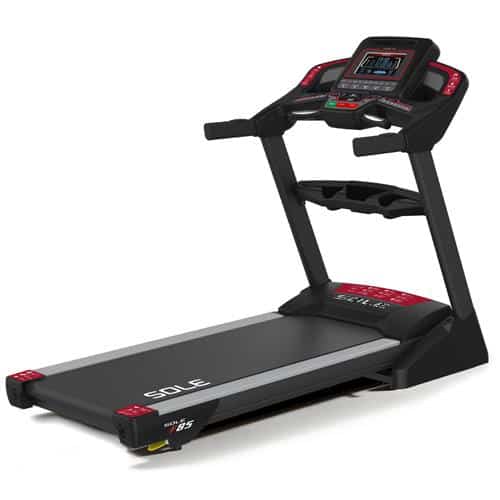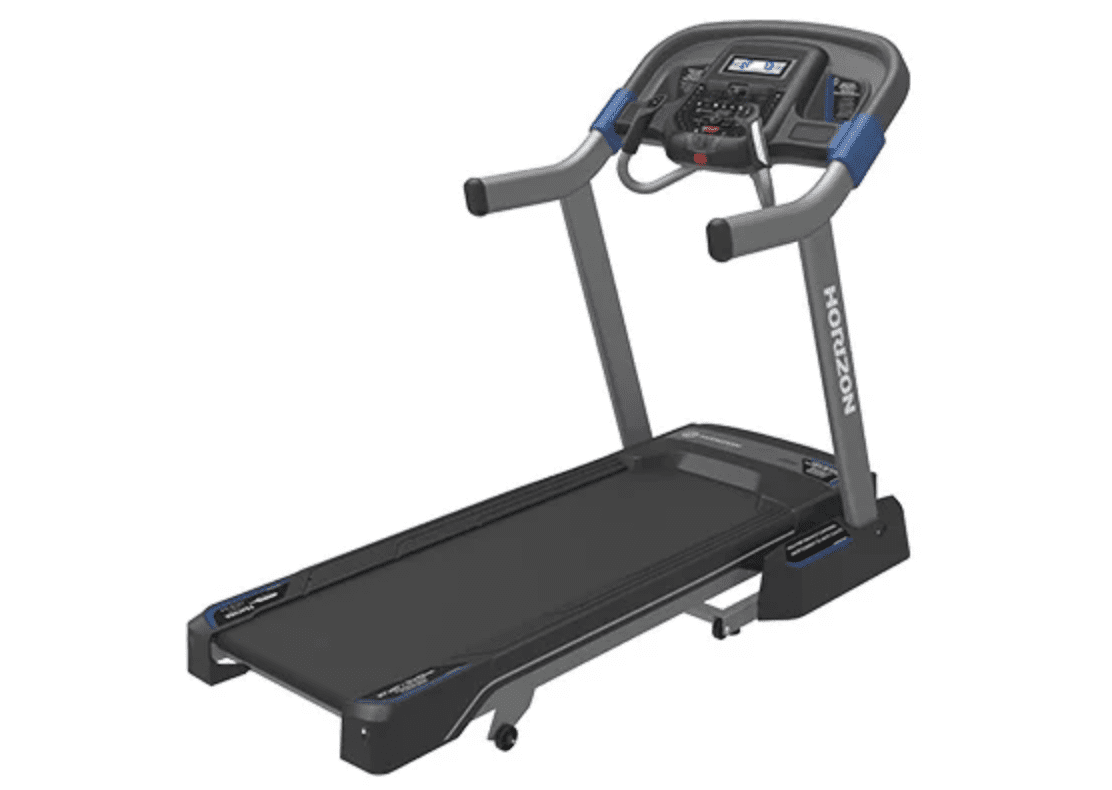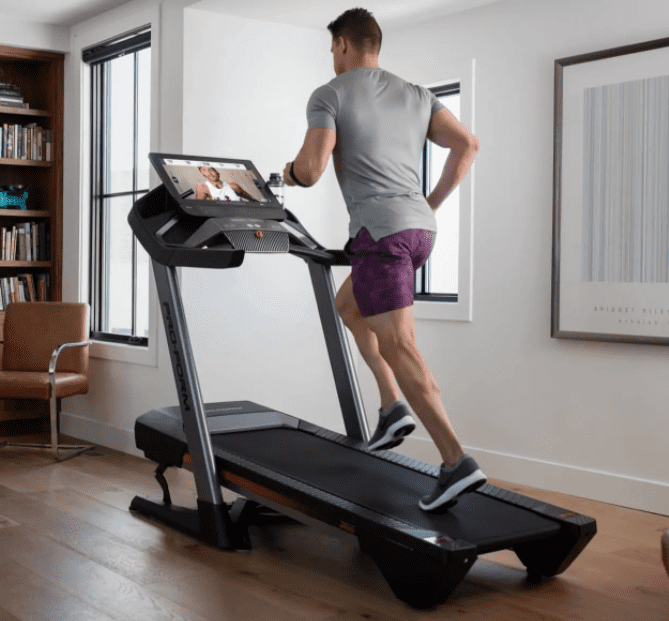Table of Contents
Should You Being Doing Fasted Cardio?
 “Fasted cardio…”
“Fasted cardio…”
Now what the heck does THAT mean?
It’s a term that you may be hearing more and more in the fitness community. But, perhaps, you don’t know exactly what it means? And more importantly… is it something you should try?
Fasted cardio is a trend that has been gaining a lot of popularity thanks to a study published by The British Journal of Nutrition. This study showed that participants were able to burn significantly higher levels of fat when exercising in a fasted state.
In other words, if you’re trying to lose weight, fasted cardio can help make that happen!
What is Fasted Cardio?
Fasted cardio simply means that you are performing cardiovascular exercise in the morning without eating anything beforehand. During the hot months, it’s a great way to beat the heat.
This doesn’t mean that you should starve yourself and then go do a grueling long distance run. There are ways to approach this type of cardio to achieve the best results.
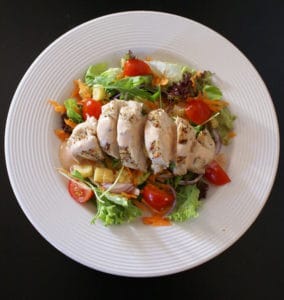
Contrary to what you may think, low intensity exercise is actually better for fasted cardio than high intensity exercise. By doing a low intensity workout, like a 2-mile walk, you are giving your body a chance to burn more fat during the workout.
So how long does it take for your body to enter a fasted state? You enter a fasted state approximately 8-12 hours after you eat.
For this reason, most people find it easiest to do fasted cardio as soon as they wake up in the morning. That way, you haven’t been tempted to eat or snack, and your body is primed for your fasted workout.
Tips for How to Do Fasted Cardio
Low Intensity – There are tons of options to keep your low intensity workouts fun and fresh!
You can go out for a 30 minute walk or a 2 hour walk depending on how motivated you’re feeling. Or, stay indoors and walk on the treadmill if you don’t feel like venturing out. If you have a four-legged friend, taking your dog for a walk is a great way to get in the fat-blasting benefits of fasted cardio.
Don’t limit yourself to walking either. Go for a hike and take in some nature, or participate in a tai chi class at a local park. You could also try out a yoga class and get your muscles stretching while you’re burning fat.
High Intensity – If you really love your HIIT workouts, you can still reap the benefits of fasted cardio, but there are some things to keep in mind. When you are doing a high intensity workout, your body burns both carbohydrates and fat … rather than just fat. For this reason, you won’t be burning as much fat during the workout.
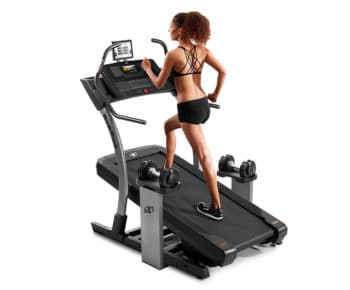
NordicTrack x9i Incline Trainer – Read our complete review here.
However, HIIT workouts boost your metabolism and help your body continue to burn fat even after you finish working out. These workouts are also done in a shorter amount of time. Think about working HIIT training into your regimen on days when you don’t have as much time, but still want to get your burn on.
Why Does Fasted Cardio Work?
Now that we know we can burn more fat when we work out in a fasted state, let’s take a look at why.
When you work out, your body burns the fuel that is the most accessible. If you have recently eaten, that food is the easiest thing for your body to use as fuel. Let’s take a little more in-depth look at this to see what’s really happening.
Fat loss during fasted cardio has a lot to do with your insulin levels. When your body is processing food, it is producing insulin. Insulin not only helps deliver the nutrients to various places in your body, it impairs the breakdown of fats. This is why your body uses the readily available food energy first and not the fat.
Once your body has processed the food that you’ve eaten, your insulin levels decline and your body enters the fasted state. This is when it is able to access the stored fats to use as fuel to keep you moving.

That is a huge increase in fat burning capability for anyone trying to lose weight.
Why Fasted Cardio May Not Be For You
One concern that many people have when considering fasted cardio is the loss of muscle mass. Along with the stored fats and carbs that your body burns in a fasted state, it can also burn stored protein.
The main source of this stored protein is your lean muscle. If you are looking to build muscle mass, fasted cardio may not be the ideal way to attain your goals.
As with all exercise, it is extremely important to listen to your body. If you feel light-headed or like you are going to pass out, don’t force yourself to keep going. If your head is telling you that what you are doing doesn’t feel right, it can have a profound effect on your body’s ability to perform.
This can be especially important on days that you may incorporate a HIIT workout. Since you are burning both fat and carbs at an accelerated rate, you may need to eat something. Try an energy chew that you can easily carry in your gym bag to give yourself a little boost.
To Fast or Not To Fast…
When you are deciding whether or not to incorporate fasted cardio into your workout regimen, consider what your goals are and if it makes sense for you.
If you are a person that loves getting up and active as soon as you jump out of bed, fasted cardio may be perfect. You may be a person that just really doesn’t like working out first thing in the morning, and that’s ok!
The great thing about fasted cardio is that there is no concrete set of rules for how to do it. Find the way that works best for you and start seeing the results you’ve been working so hard for.
If you’re looking for a new at-home treadmill to use for your fasted cardio sessions – be sure to check out our Best Buy Treadmills.
Sources:
British Journal of Nutrition: Effects of aerobic exercise performance in fasted vs. fed-state on fat and carbohydrate metabolism in adults: a systematic review and meta-analysis. Alexandra Ferreira Vieira (a1), Rochelle Rocha Costa (a2) (a1), Rodrigo Cauduro Oliveira Macedo (a2) (a3), Leandro Coconcelli (a2) (a1) and Luiz Fernando Martins Kruel; 2016

